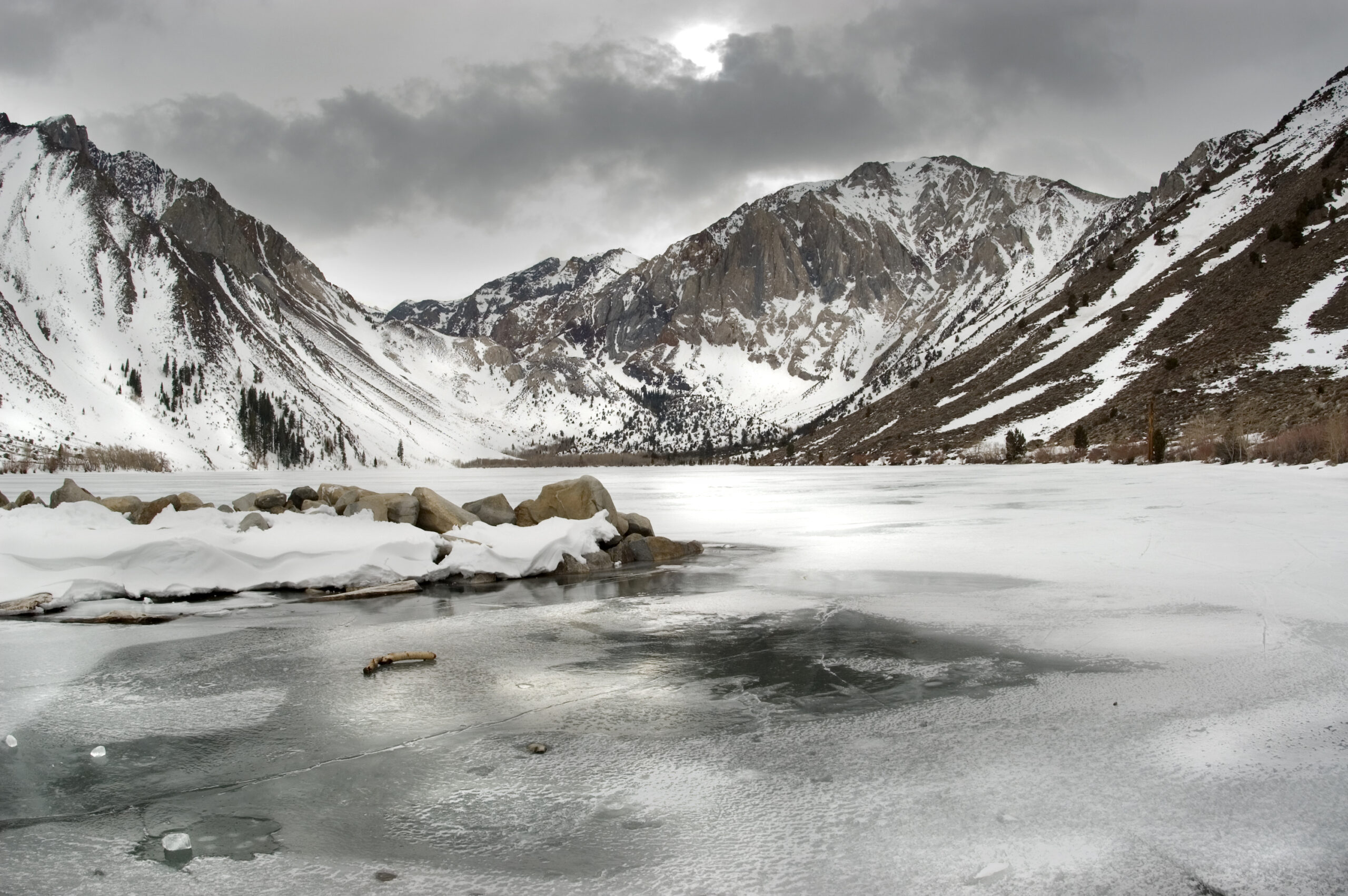Even though 2023 was the hottest year for 100,000 years, climate change may paradoxically plunge Europe into an Ice Age warns eco theologian and Columban missionary Fr Sean McDonagh.
In February 2024 the European Union’s Copernicus Climate Change Service reported that 2023 was the hottest year on record. The temperature was 1.45 degrees Celsius warmer than during the 1850-1900 pre-industrial period. It was also the warmest year since records began in 1940. 2023 was also a year of extreme weather events, including heatwaves, floods, droughts, and wildfires in many parts of the world.
In 2023 the average global temperature came close to 1.5 degrees Celsius over pre-industrial levels. This is the limit which countries are supposed to aim for under the 2015 Paris Agreement on Climate Change. As a result, countries are expected to minimise the creation of carbon dioxide, methane and other greenhouse gases which are heating up our planet in an alarming way.
Few people realise that methane emissions from landfills around the world causes a third of global warming today.[1] While many people know that cattle have a specialised gut that allows them to digest tough plant material and burp out the methane gas that has been created. Methane is a greenhouse gas that is 25 times more potent than carbon dioxide. Methane is the second most significant contributor to greenhouse gas in Ireland because of the large number of cattle.
One reason why 2023 was so warm was because of the presence of El Nino Southern Oscillation (ENSO). El Nino refers to the above-average sea surface temperature across the east-central area of the equatorial Pacific Ocean. This represents the warm phase of the ENSO cycle. La Nina, on the other hand, refers to periodic cooling of sea-surface temperatures across the east-central Pacific. The current El Nino began in 2023 and will continue until April or May of 2024.
If our use of carbon dioxide, methane and other greenhouse gases continues to rise, we would expect that scientists would be predicting lethal heatwaves for Ireland and western Europe.
So, the question is, why are some scientists talking about an ice age for Europe linked to increasing climate change?
One of the results of the warming of our planet in the past few decades is that the Greenland ice cap is losing an average of 30 million tonnes of ice each hour due to climate change. [2]
Dr Gerard McCarthy, of the ICARUS research facility in Maynooth University, points out that Atlantic Meridional Overturning Circulation (AMOC), which underpins the Gulf Stream, conveys warm water from the Gulf of Mexico into the northern Atlantic Ocean and keeps the temperature mild in Europe.
This system is now weakening because of the massive amount of fresh water which is entering the Atlantic Ocean from Greenland, the Artic and Antarctica. Almost every glacier has retreated and is melting during the last few decades.
This fresh water is also causing sea levels to rise considerably, by between 25cm and 80cm in this century.[3] This will adversely affect many cities around the world, included in Cork, Dublin and Waterford.
A study published in 2023 by Dr. Peter Ditlevsen of the University of Copenhagen in the journal Nature Communication, argued that the Gulf Stream could begin the collapse by 2025, which would bring about a catastrophic climate impact.[4] Such a collapse would interfere dramatically with rainfall in India, South America and west Africa which will make crop growing in these countries very difficult, if not impossible.
It could also endanger the Amazon rainforest and the Antarctic ice sheet. Such a massive change in climate would constitute an existential threat to human civilization.
The Gulf Stream has already weakened by more than 15 percent in the past few decades.[5] Stefan Rahmstorf of Potsdam Institute for Climate Impact in Germany and co-author of the study said that “we risk triggering a ‘tipping point’ in this century … the consequences of this are so massive that even a 10 percent chance of triggering a breakdown would be an unacceptable risk.”
The AMOC system is already at its slowest point in 1,600 years. It could collapse within a century, particularly if current greenhouse emissions continue to increase. The complexity of the AMOC system and the uncertainty over levels of future global warming make it impossible to forecast the date of the collapse.[6] But we are sure of one thing. Unless we stop using greenhouse gases in the next decades, a difficult future will be in store for those who live after us.
[1] Damain Carrington, Satellites pinpoint vast methane leaks from landfills driving global heating, February 12th, 2024, page 19.
[2] Damian Carrington, Greenland is losing 30 mm tonnes of ice an hour from global heating – study, The Guardian, 18th of January 2024, page 2.
[3] Kevin O’Sullivan, Ireland to face cooling and Gulf Stream weakens, The Guardian, May 5th 2023, page 5.
[4] Damian Carrington, Climate crisis; Scientists spot warning signs of Gulf Stream collapse, The Guardian, August 5th 2021. https://www.theguardian.com/environment/2021/aug/05/comate-crisis-scientists-spot-warning-sings-of-gulf-stream-collapse.
[5] Kevin O’Sullivan, What happens if the Gulf Stream collapses? The Irish Times, July 27th, 2023, page 12.
[6] Damian Corrington, Climate impact fears are Atlantic Ocean weather system weakens, The Guardian, February, 26th 2021, page 1 and 4.
You can purchase a selection of Fr Sean McDonagh’s book via our website.
See: https://columbans.ie/shop/#books

